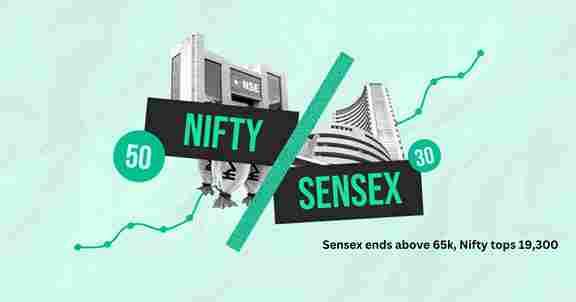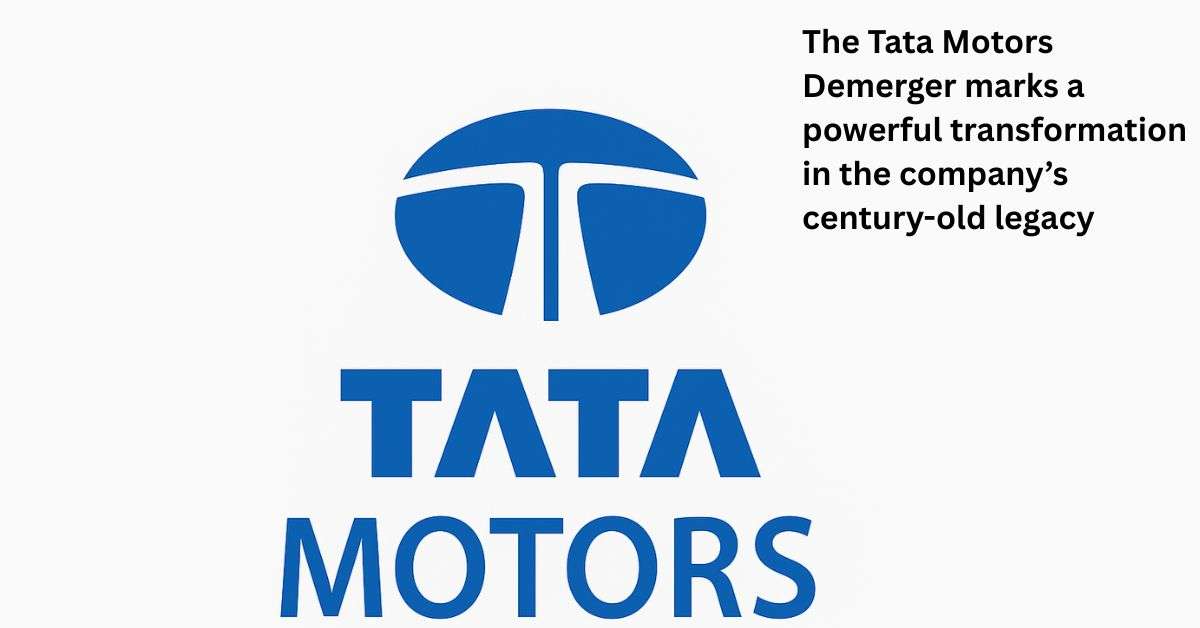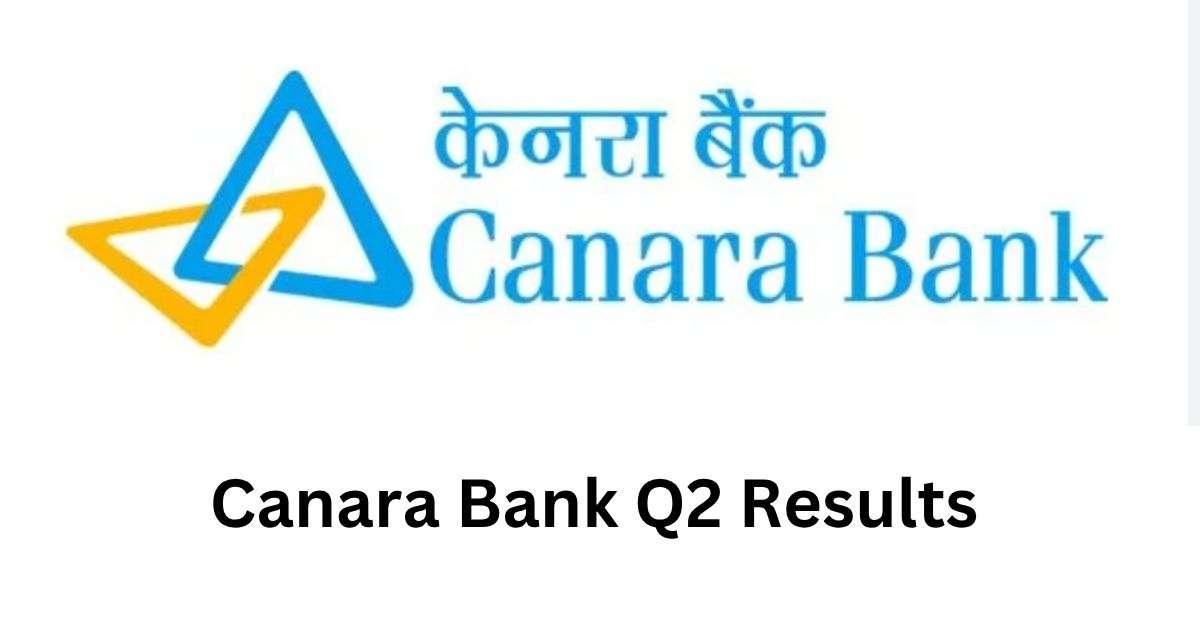Introduction
In the recent stock market shutdown, the Indian stock market witnessed a significant gain, with the Sensex closing up by almost 500 points and the Nifty up by 140 points. This surge in the market was fueled by the strong performance of various sectors, including Auto, Metal, and Bank. Notable companies such as RIL, ITC, BPCL, and Grasim stood out with their impressive performance, while Powergrid and Sun Pharma faced challenges. With the Sensex and Nifty reaching new all-time highs, it is evident that the market maintained its strength and continued its upward trajectory. This article will delve deeper into the factors contributing to the market’s success and explore the implications for investors and the overall economy.

Market Shut-Down: Positive Gains and Sector Performance
On Monday, the Indian stock market witnessed a positive shutdown, with the Sensex gaining almost 500 points and the Nifty up by 140 points. This upward trend was driven by the strong performance of several sectors, including Auto, Metal, and Bank. These sectors finished in the green, indicating a favorable market sentiment.
Among the top-performing companies, RIL, ITC, BPCL, and Grasim emerged as shining stars. These companies showcased robust growth and contributed significantly to the market’s overall gain. On the other hand, Powergrid and Sun Pharma faced challenges and struggled to maintain their positions in the market.
Share Price Market: New Lifetime Highs
The Sensex and Nifty gained almost 0.7% during the market shutdown, reaching new lifetime highs. This impressive performance reflects the market’s strength and its ability to sustain positive momentum. With most sectors closing the day higher, it is evident that investors have shown confidence in the market’s growth potential.
HDFC Twins Merger and Optimistic Global Trends
Despite the HDFC Twins merger, strong car sales data, and optimistic global trends, the Indian markets have continued their upward trajectory. This indicates that investors have remained optimistic about the future prospects of the Indian economy and its potential for growth.
Investors are also closely monitoring various external factors that can impact the market. These include the US Fed meeting minutes, US job statistics, Russian political unrest, and China’s economic difficulties. By keeping an eye on these factors, investors can make informed decisions and navigate the market effectively.
Gift Nifty Returns to India
A significant development in the Indian market is the return of Gift Nifty, formerly known as SGX Nifty, to India after more than 20 years. Gift Nifty began trading on Monday at Gift City in Gujarat, marking a milestone for the Indian stock market. This move demonstrates India’s successful efforts to bring back Singapore’s offshore-traded Nifty, creating new opportunities for investors and strengthening the domestic market.
Sensex and Nifty Reach Fresh Highs
At the close of trading, both the Sensex and Nifty reached fresh highs. The rise in bank stocks played a crucial role in this achievement, contributing almost 500 and 150 points, respectively. This indicates the resilience and growth potential of the banking sector in the Indian market.
Nifty 50 and Sensex: New All-Time Highs
Nifty 50 and Sensex, India’s blue-chip indices, reached new all-time highs on Monday. This remarkable feat was driven by a wide rally powered by the financial services sectors and positive global.
FAQs
1. How have bank stocks influenced the recent performance of the Indian market?
Bank stocks have played a significant role in driving the recent highs of the Indian market. Their positive performance contributed almost 500 points to the Sensex and 150 points to the Nifty.
2. What factors have contributed to the growth potential of the Indian banking sector?
Several factors have contributed to the growth potential of the Indian banking sector, including expanding customer base, digital transformation, policy reforms, and infrastructure development.
3. How does digital transformation impact the banking sector in India?
Digital transformation has revolutionized the banking sector in India by making banking services easily accessible through mobile banking apps and online platforms, improving customer convenience, and opening new revenue generation avenues.
4. What are the challenges faced by the Indian banking sector?
The Indian banking sector faces challenges such as technological advancements, changing regulatory landscapes, risk management, expanding financial services, and leveraging data analytics effectively.
5. How does the banking sector contribute to India’s overall development?
The banking sector contributes to India’s overall development by driving economic growth, fostering financial inclusion, supporting infrastructure development, and facilitating lending activities that stimulate the economy.
Open Your Demat Account with Discount Brokers:
ZERODHA 1) : https://zerodha.com/open-account?c=EJ4366
Angelone 2) : https://tinyurl.com/2gloc3g6 or Upstox
3): https://link.upstox.com/9w4tNo1rK8au7VK47








